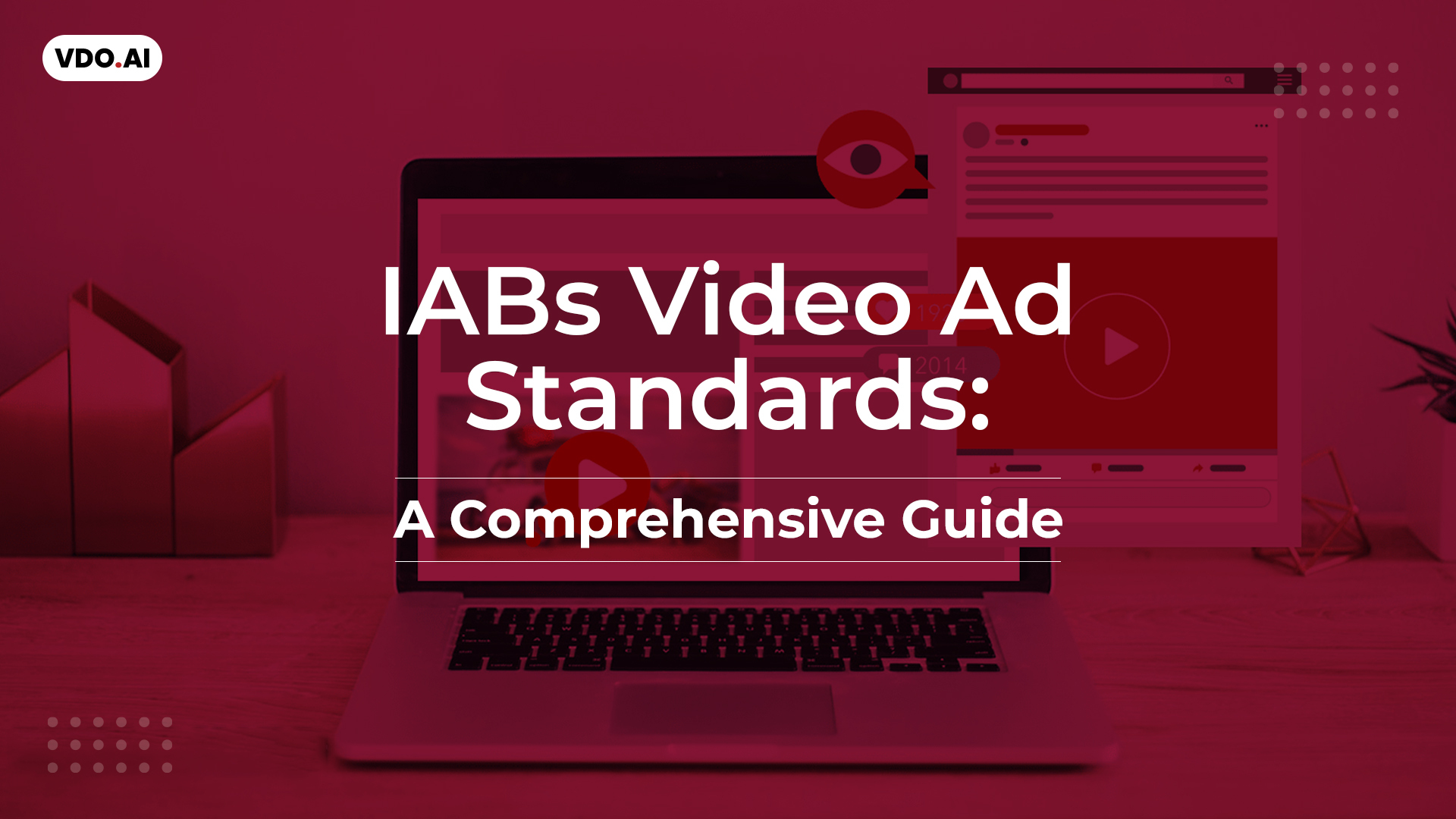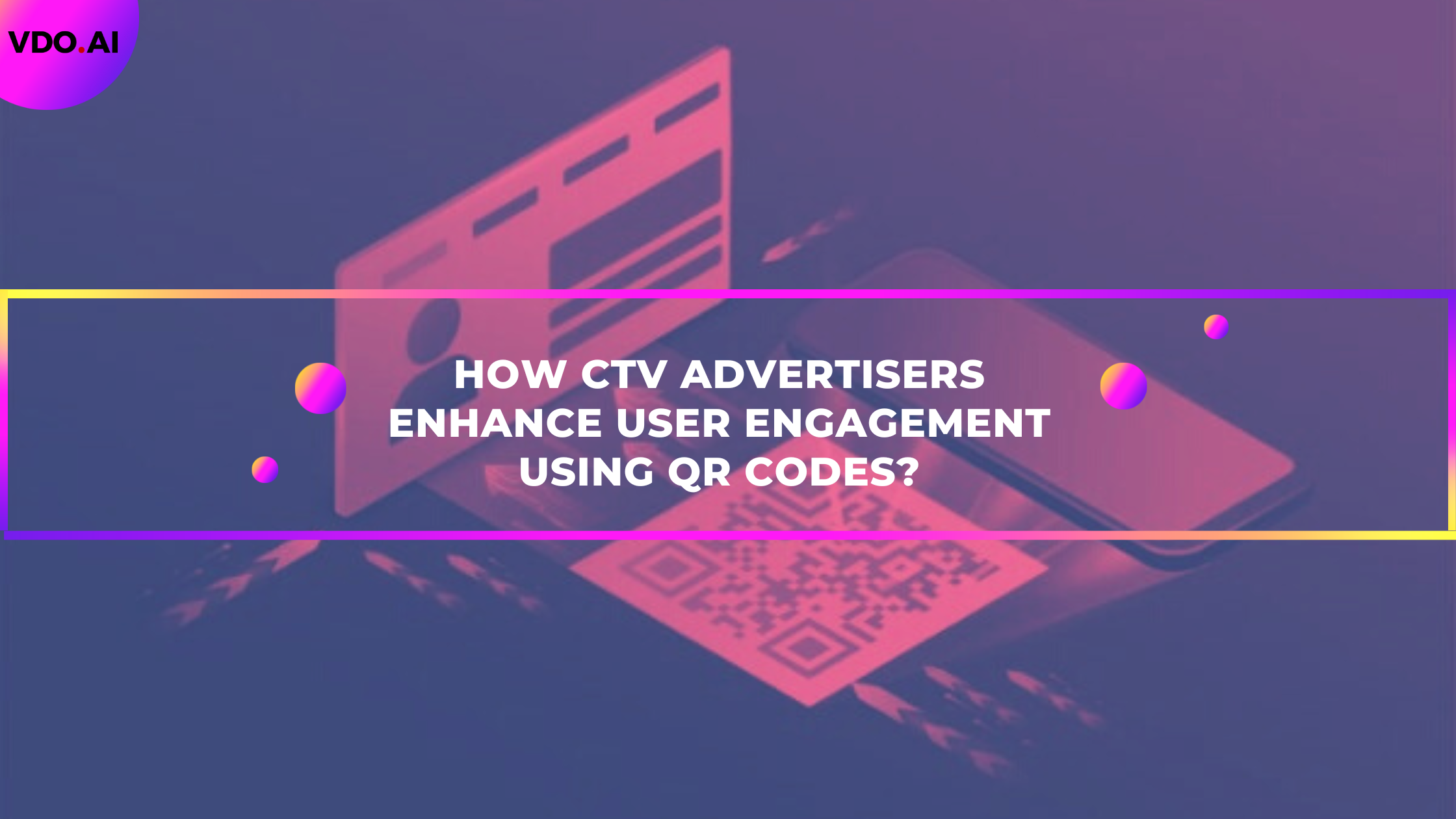Contextual Targeting | The Perfect Match Of Context with Emotions
Reading Time: 4 minutesEver since Google announced to go cookie-less by the year 2022, the face of digital advertising is expecting a reboot. Up until a few months ago, the 2020s were taking shape to be a decade for significant transformation in the advertising industry. But getting rid of third-party cookies complicates how digital advertisers would reach customers. With third-party data declining because of various privacy regulations and the soon-to-come cookie-less future, a more polished version of contextual targeting, a.k.a. contextual intelligence is getting a strong second look.
After all, the third-party data had become the standard for programmatic initiatives. But that was, of course, just the beginning. The outbreak caused by the COVID-19 pandemic has turned the marketing and advertising industry upside down. Content sites are receiving more visitors than ever. They are not only eager to get the latest pandemic information, but also looking for distractions in the form of entertainment, lifestyle, and other similar content.
COVID-19 has been compared to war. And advertisers being cautious of associating their brands with bad news have considered most COVID-19 related content taboo.
The Cookie-less Internet
Even though third party cookies have never been the “ideal” customer identifier, they were the foundation of programmatic advertising. This is because third party cookies allow advertisers and publishers to track user behavior, cross-device usage as well as to measure conversions and target. But now, with cookies being phased out, marketers need to figure out diverse ways to get to the same behavior. And also look at combining different attribution to get similar results.
One of the biggest challenges is getting ad-tech companies and publishers on the same page i.e. to prepare for a cookie-less future. However, sensing that 2022 is farther off than it is, many marketers are continuing to work the old ways. This is simply because they need to generate revenue.
From Contextual Targeting To Contextual Intelligence
For advertisers, the holy grail is digital’s tempting promise of delivering the right ad, to the right person at the right time. The industry has hoped to achieve this with third-party cookies and programmatic for years. But as publishers, ad tech firms, and brands prepare for the upcoming version of digital advertising, the intelligence that contextual targeting offers is drawing more interest. Particularly, because it relies immediately on the text, photos, and videos already on the page of the content being consumed.
For instance, a third-party programmatic vendor might automatically blacklist any content that merely suggests coronavirus or COVID-19. However, what if the story was “10 Most Binge-Worthy Shows on Netflix During the Coronavirus Quarantine”. Or a story with a title like “12 Products for Self-Caring While Living In A Lockdown”? With programmatic, advertisers who want to reach the audience that will click on those articles would run out of luck.
Contextual intelligence, when combined with the first-party data – that advertisers and publishers already have – it is just as powerful as third-party data, if not more. Moreover, brand safety is essentially a function of contextual targeting. Contextual with brand safety and a deep understanding at the page level of images and content – will open up the internet. It will provide more advertising opportunities for publishers as well as publications that have great content.
However, content is not the only factor to consider. The media platform, device, time as well as the location where consumers view an ad can also affect their response to it. Marketers need to understand not only if but also why consumers connect to a particular content in order to use emotional targeting.
The Road Ahead
To sum up the three takeaways from this article:
- A cookie-less internet is a speedily approaching reality. Even though some might be procrastinating because they are more focused on short-term goals. Sooner or later, everyone will have to develop new strategies.
- Contextual targeting has emerged over the last few years. It is uniquely located to offer a stronger representation of customers when we combine it with first-person data.
- Advertisers should examine what drives preferences for platforms – whether it is content or the interest in the brand itself. By doing so, they have an opportunity to connect with consumers on a deeper level and employ emotional targeting.
FAQs:
1. What is contextual intelligence?
With third-party data declining because of various privacy regulations and the soon-to-come cookie-less future, a more polished version of contextual targeting, a.k.a. contextual intelligence is getting a strong second look. Contextual intelligence, when combined with the first-party data – that advertisers and publishers already have – it is just as powerful as third-party data, if not more.
2. What is the biggest challenge in the cookie-less internet?
One of the biggest challenges is getting ad-tech companies and publishers on the same page i.e. to prepare for a cookie-less future. However, sensing that going cookieless is farther off than it is, many marketers are continuing to work the old ways. This is simply because they need to generate revenue.
3. How will contextual intelligence help in the cookie-less internet?
Contextual with brand safety and a deep understanding at the page level of images and content – will open up the internet. It will provide more advertising opportunities for publishers as well as publications that have great content.
4. How can advertisers employ emotional targeting?
Advertisers should examine what drives preferences for platforms – whether it is content or the interest in the brand itself. By doing so, they have an opportunity to connect with consumers on a deeper level and employ emotional targeting.



